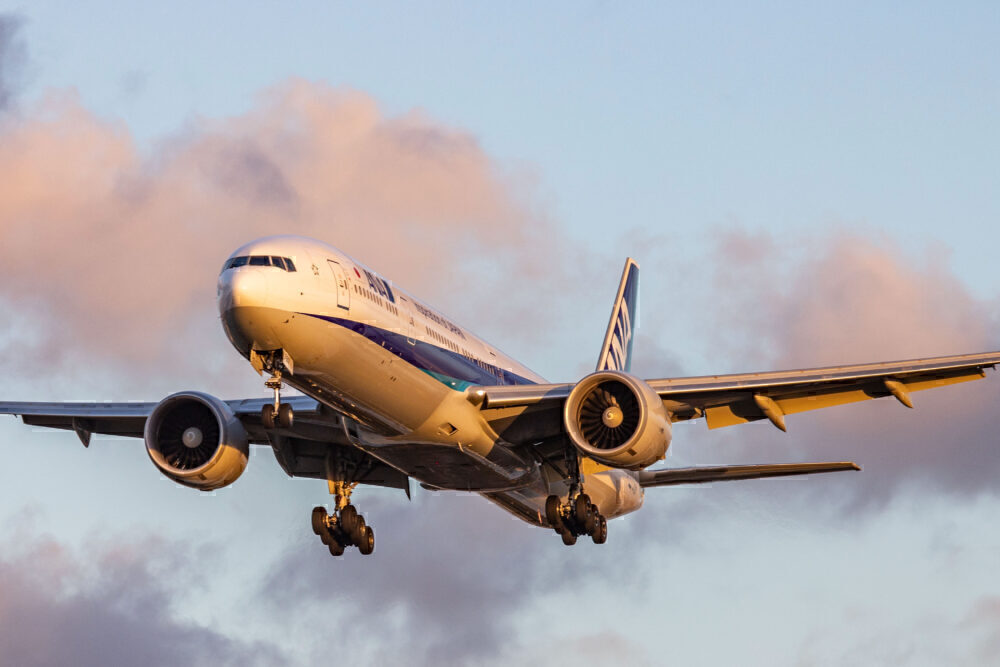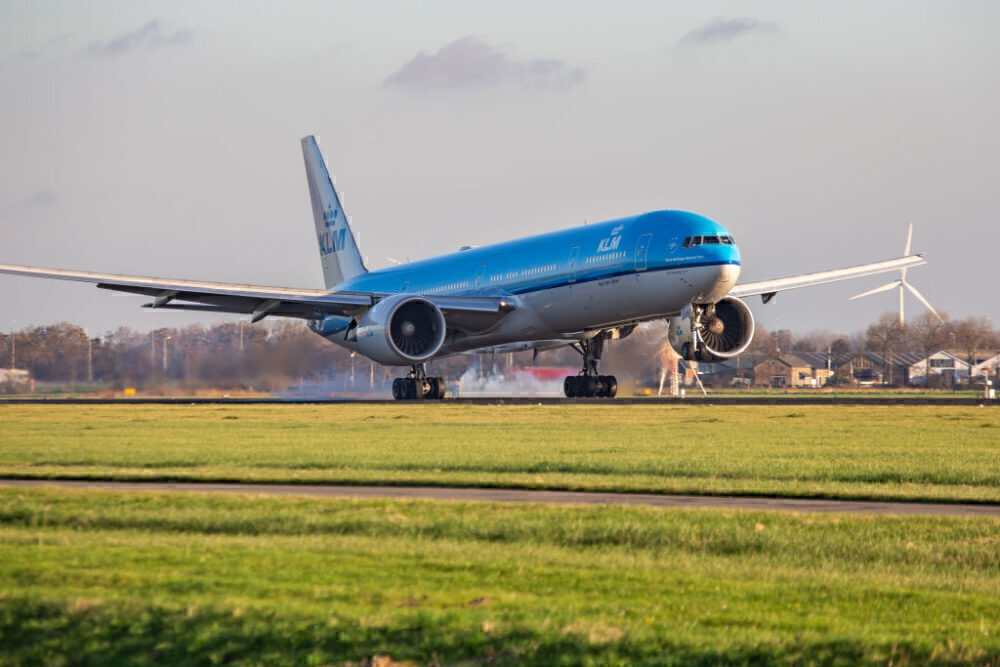ETOPS has been instrumental for the evolution of long-haul commercial flight since its introduction in the 1980s. But it does not just apply to any aircraft with two engines automatically. Both manufacturers and airlines must go through a rigorous and costly certification process. Not only does the type itself need to be certified, but carriers need to apply for approval depending on which routes they want to fly.

Engines Turn or Passengers Swim
With the news of Airbus seeking to certify its Beluga XL aircraft for ETOPS operations, we thought we would take a look at what such a certification entails. But first let’s do a quick recap of what ETOPS is, and its evolution to date.
ETOPS stands for Extended-range Twin-engine Operational Performance Standards. Colloquially, it is also sometimes referred to as Engines Turn or Passengers Swim, for self-explanatory reasons.
Piston engines were notoriously unreliable. An aircraft with four piston engines could often arrive at its destination with only three still operational. Thus, the US Federal Aviation Administrator’s (FAA) predecessor, the Bureau of Air Commerce, decided in the 1930s that all aircraft must fly within a 60-minute one-engine-only-operational range from the nearest diversion airport at all times. This was later adapted to apply only to aircraft with two engines.
However, as jet engines and their vastly more reliable performance became the norm, the distance twin-jet engined aircraft needed to keep to the nearest airport increased. In 1985, first the 120-minute ETOPS-certification was granted to TWA’s Boeing 767 from Boston to Paris.




Since 2007, ETOPS-240, meaning a certification that allows twin-engine jets to operate four hours away from the nearest diversion airport, and beyond, are considered on a case-by-case basis. These are mostly needed for flights for example between the US West Coast and Australia as well as from New Zealand to Latin America.
Type certification
To gain ETOPS certification for an aircraft, the manufacturer must be able to show that the plane adheres to a specific set of standards. They must prove that flying with only one engine is safe for the airframe and relatively manageable for the flight’s crew. And, of course, that this would only happen on very rare occasions.
Furthermore, they need to add extra redundancy for certain systems, such as electrical, hydraulics, fire suppression, and communications. The Airbus A350XWB has the highest rating to date, with an ETOPS-370 certification.
Certification of an aircraft before its introduction is known as Early ETOPS. The Boeing 777 was the first type to be introduced with an ETOPS-180 rating in 1995. Meanwhile, the European Union Aviation Safety Agency (EASA) says that,
“A serious single event or series of related events could result in immediate revocation of ETOPS type design approval.”




Operational certificates for airlines
Once the aircraft has ETOPS approval, airlines must apply for their own certification depending on the route it wishes to fly the plane on. They have to demonstrate adequate standards for crew training as well as aircraft and engine maintenance procedures. This means that pilots, dispatchers, and engineers must all undergo the certification.
The carrier must also, according to the FAA,
“…demonstrate that it can operate the particular airframe and other airplane systems at levels of reliability appropriate for the intended operation. This can be achieved directly by a successful in-service operational history or by successfully validating all the required ETOPS processes according to the Accelerated ETOPS Application Method.”
The Accelerated ETOPS Application Method means the applicant must prove it can operate to the standards expected of an experienced ETOPS operator from the first day of service.
The higher the ETOPS-rating, the more costly and difficult it is to receive and maintain approval. However, most costs will be offest by reduced maintenance costs as well as expenses related to diversions, delays, and potential turn-backs.



